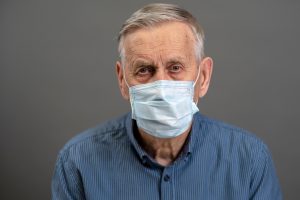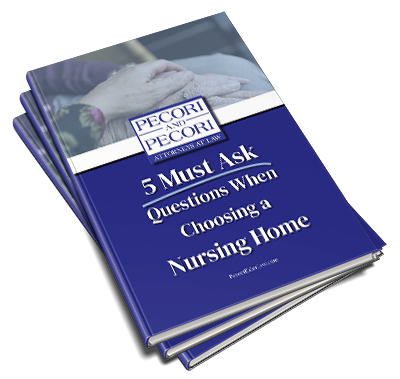With older Americans being most at risk from the COVID-19 coronavirus, the response to the pandemic is highlighting issues of ageism in the United States. According to experts, ageism is evident both in the response to the virus and the lack of protective equipment allocated to nursing homes.
Experts on aging assert that the medical field, politicians, and the public may have acted quicker and taken the coronavirus more seriously if the perception had been that it primarily affected younger Americans. In an article in the Washington Post, Syracuse law professor Nina Kohn argues that the “devaluation of older lives” has caused more older Americans to die than necessary.
Many young people ignored social distancing recommendations at the start of the pandemic. Headlines emphasizing the virus’s effect on young people (For example: “It isn’t only the elderly who are at risk from the coronavirus” and “Not just older people: Younger adults are also getting the coronavirus“) were used to persuade Americans to take the virus seriously. Geriatrician Louise Aronson pointed out that “when you say ‘just’ older people, it sounds like, well, it’s just killing old people, they’re all dying anyway.” Aronson adds that even some older Americans have not followed social distancing recommendations because they do not want to think they are “old.” According to Aronson, “It’s almost as if, if they’re not out there doing things, then they’re one of those old people that doesn’t count. We have created that cultural reality, so shame on all of us.” As the debate raged about closing our economy to prevent the spread of the virus, Texas Lieutenant Governor Dan Patrick even suggested that seniors would be willing to give up their lives in order to help the economy.
Even though COVID-19 has been more deadly for seniors who have contracted the virus, hospitals have focused on helping younger patients. A geriatrician in San Francisco writes in The Atlantic about that special clinical protocols to deal with COVID were developed for children and adults, but not for seniors. Kohn explained that “Ageism is evident in how we talk about victims from different generations, in the shameful conditions in many nursing homes and even — explicitly — in the formulas some states and health-care systems have developed for determining which desperately ill people get care if there’s a shortage of medical resources.”
Nursing homes have been a hotbed for coronavirus, but have been slow to receive the necessary protective equipment for their employees and patients. Bob Kramer, the leader of Nexus Insights, a think tank on aging issues, told Forbes that ageism is apparent everywhere during the pandemic. “It showed up when the management of your parent’s assisted living, memory care, or skilled nursing facility asked for help from their state or county government in securing personal protective equipment (PPE) for their staff and residents. They were told to get in line behind hospitals, medical personnel, government facilities, and military installations. Test kits? Same story. They are victims of our government’s unwillingness to prioritize the health and safety of older adults and those who care for them.”
Ageism is nothing new, but the coronavirus has exposed the phenomenon in a stark way. To read more about ageism and the coronavirus, click here and here.





